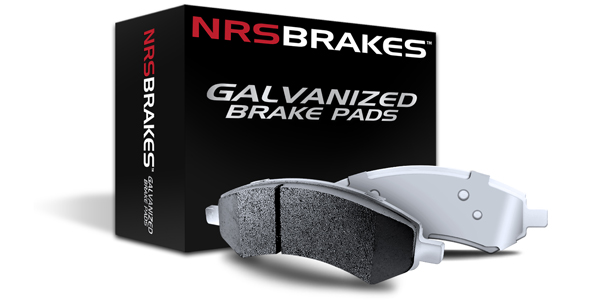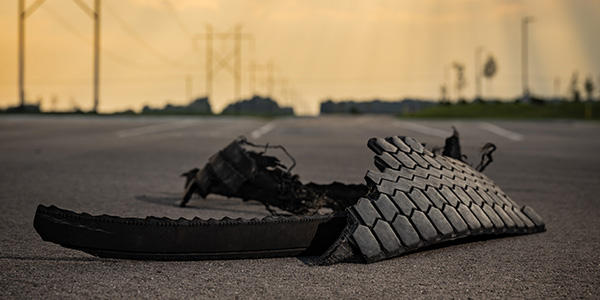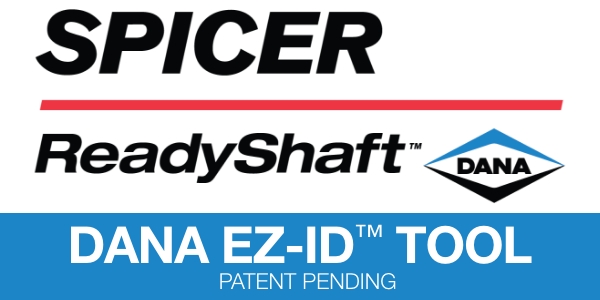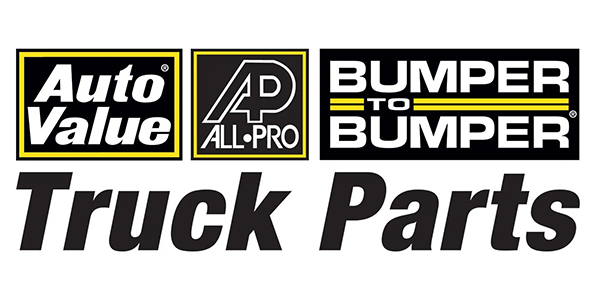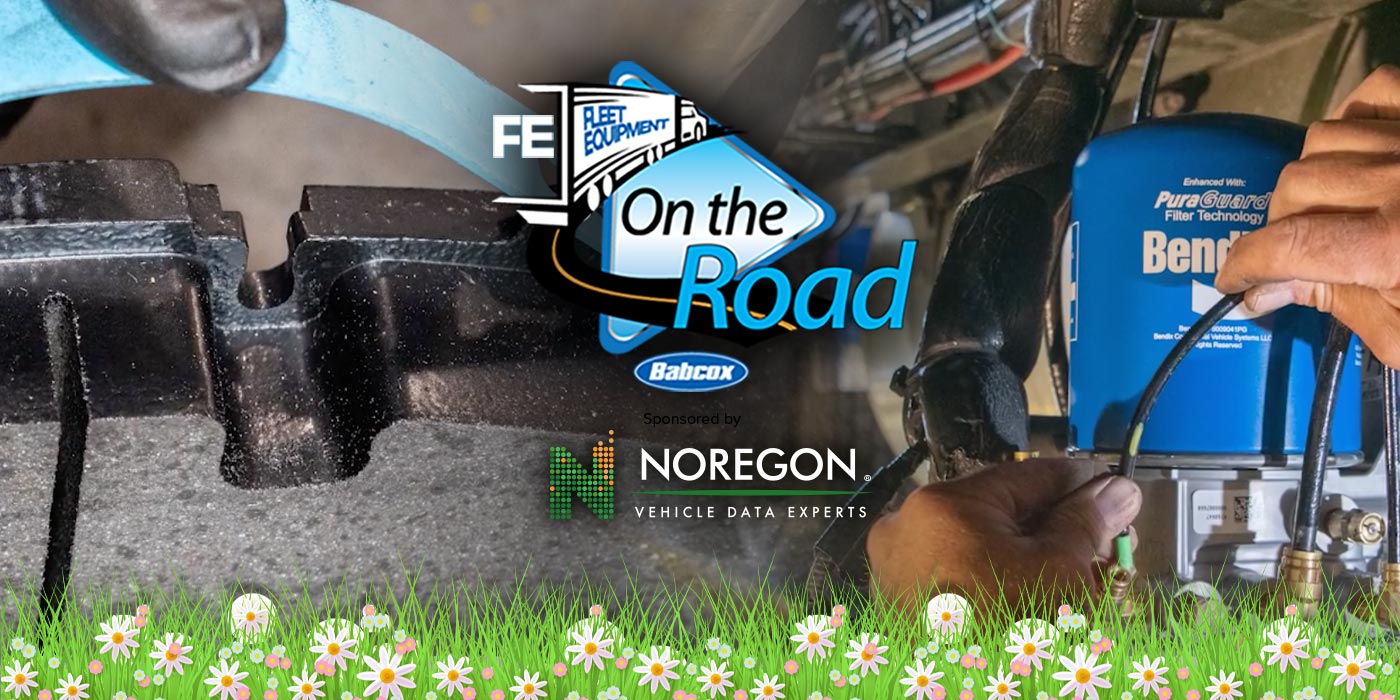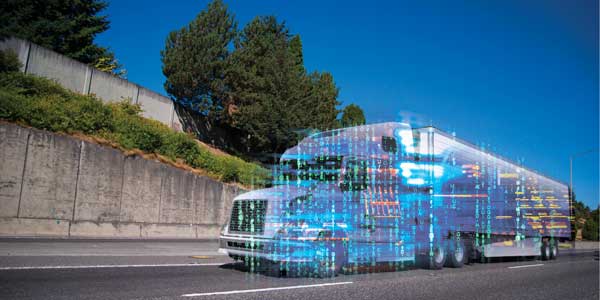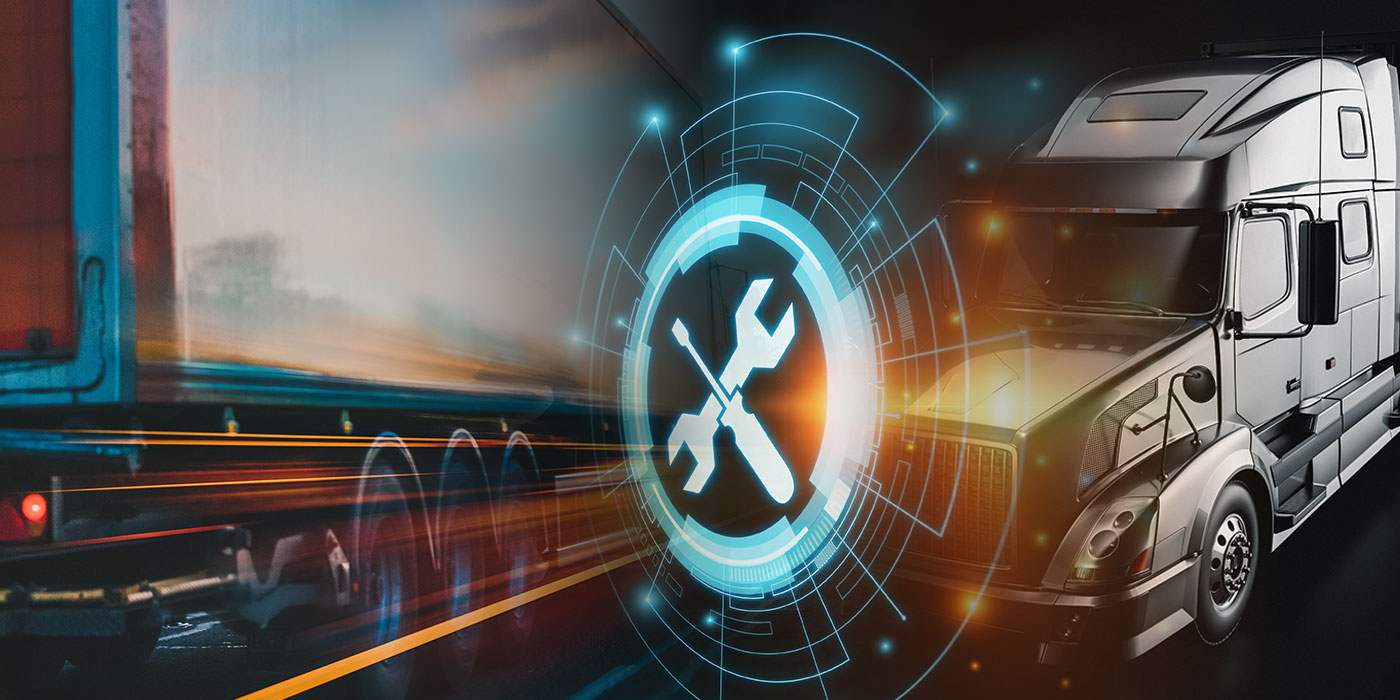Consumers and commercial interests alike are turning toward greater sustainability, especially in transportation, which impacts climate change. According to the U.S. Environmental Protection Agency, 27% of Greenhouse gas (GHG) emissions in the U.S. come from transportation making it the country’s largest contributor of GHG emissions. Between 1990 and 2020, GHG emissions in the transportation sector increased more than any other sector.
With vehicle manufacturers focusing on development of electric vehicles and Infrastructure investments to support EVs on the road, making a more sustainable vehicle choice, be it a car, truck or bus, means more than focusing on the powertrain. Components, like the brake pads, also play a role in greater sustainability.
Service braking systems that rely on brake pads are largely unchanged when it comes to EVs. While there are no emissions from the EV tailpipe, issues like brake dust and short brake pad life, which means more pads end up in a landfill, need to be taken into account.
Let’s start with brake dust. It’s a byproduct of the primary function of the brake pad. The friction created by the pad pressing against the rotor is what brings the vehicle to a stop, after all. As a brake pad wears, iron particles are released into the environment, introducing toxins like copper, lead and rust into the surrounding air and soil.
So how do you avoid this unwanted environmental contamination?
Answer: Select a brake pad that has a friction made from high-quality components and materials, and are lead- and copper-free. NRS Galvanized Brake Pads, for example, produce less brake dust because of the high-quality construction materials. They’re lead- and copper-free and, thanks to their unique design, are corrosion resistant. Additionally, the premium materials used in NRS Galvanized Brake Pads dissipate heat and cool efficiently, which contributes to the reduction of brake dust.
Corrosion is a main culprit of early brake pad failure. With brake pads that are simply painted to avoid corrosion, that paint can chip, which invites corrosion in, and it eats away at the brake pad. The friction crumbles off the backing plate that it is glued onto and not only are there chunks of friction material scattered across the environment, but that brake pad now needs to be replaced far sooner than a high-quality brake pad would. It ends up in a landfill.
To avoid environmentally harmful waste, selecting a high-quality brake pad ensures that you get the most value out of your brake pad of choice, all while making a greener brake pad choice. NRS Galvanized Brake Pads sport an NRS-patented mechanical brake pad attachment that ensures that the engineered layers of the brake pad do not separate overtime. The NRS-patented mechanical brake pad attachment ensures that the engineered layers of the brake pad do not separate over time or crumble from corrosion.
The ability to recycle the brake pad and its components is equally important. NRS Galvanized Brake Pads are 100% recyclable with commonly used recycling techniques. Consider that a vehicle using traditional brake pads will need 16 pairs of brake pads in its lifetime. NRS Galvanized Brake pads are more durable than traditional pads meaning they will last the longest, and your vehicle will need fewer of them over the course of its life.
Click here to learn more about the value NRS Galvanized Brake pads can add to your vehicle.

